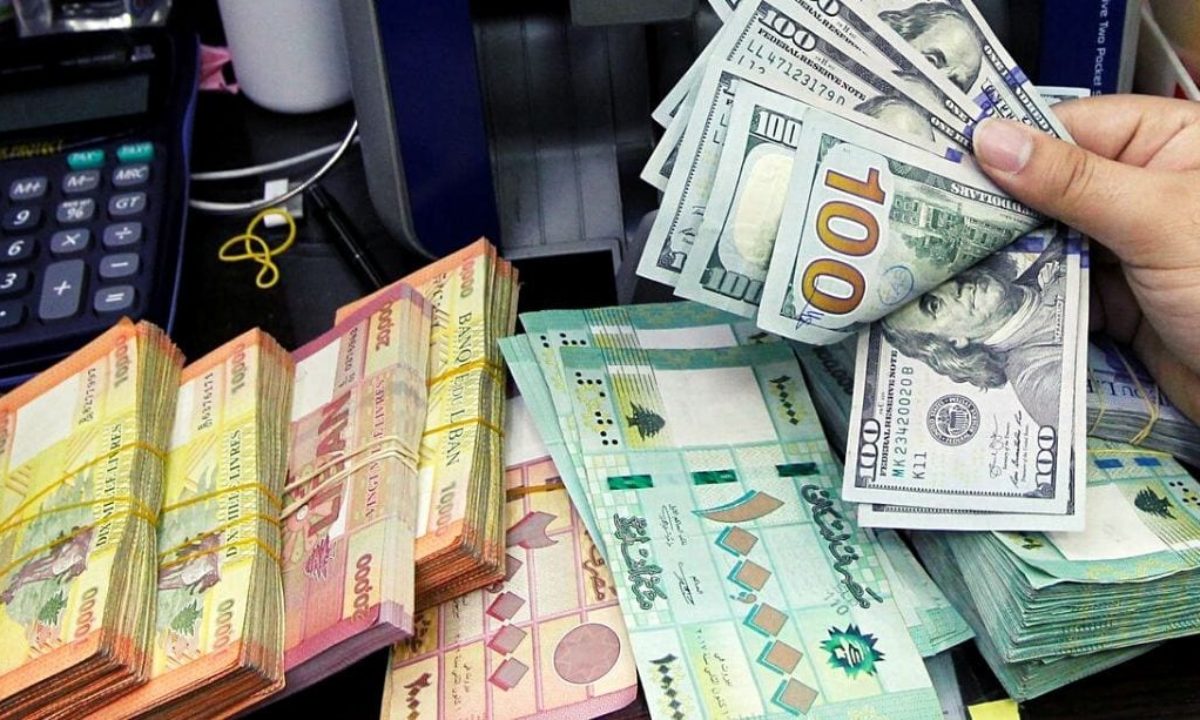Remittances from expatriates to Lebanon totalled $1.57 billion in the first quarter of 2020, the lowest quarterly level for nearly 13 years.
Lebanon is one of the largest remittance-receiving countries in the world, with remittances exceeding one fifth of its nominal GDP and surpassing financial inflows from both exports of goods and services and foreign direct investments over the past decade.
But this has changed since 2019, when remittance inflows to Lebanon fell to 13 percent of GDP.
Remittances in Q1 represented a 17.6 percent decline from $1.9 billion in the same quarter of 2019 and a 1.8 percent decline from $1.6 billion in the fourth quarter of 2019, according to figures released by Lebanon’s Central Bank.
Remittance inflows to Lebanon are estimated to have increased 7.6 percent to $7.5 billion in 2019 compared with the previous year, according to the World Bank which added that inflows are likely to plunge 17 percent in 2020 as a result of the global slowdown due to the spread of coronavirus, as well as the impact of lower oil prices in GCC countries where 400,000 Lebanese work and live.
Remittance inflows to Lebanon averaged $1.6 billion in the first quarter of each year between 2002 and 2020.
In parallel, remittance outflows from Lebanon fell 29 percent to $847.3 million in the first quarter of 2020, from $1.2 billion in the first quarter of 2019 and 1.9 percent from $863.5 million in the fourth quarter of 2019. Outflows in Q1 2020 were the lowest level since the third quarter of 2007.

Net remittance inflows to Lebanon totalled $726.6 million in Q1, representing a decline of 1.7 percent from $739.3 million in the previous quarter.
Lebanon is emerging as one of the most expensive destination for receiving remittances, according to the latest statistics of the World Bank.
Its analysis said Lebanon had emerged as the costliest destination for sending $200 from Germany ($22.25), while the cost of sending $500 was $32.60.
The cost of sending $200 from the United States to Lebanon stood at $19.64 in the third quarter of 2020, the second most expensive of all money corridors emanating from the US.
Furthermore, the World Bank statistics showed that the cost of sending $200 from Canada was $20.41 while sending $200 from Australia was $25.83.








